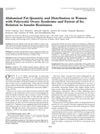 270 citations
,
April 2007 in “The Journal of Clinical Endocrinology and Metabolism”
270 citations
,
April 2007 in “The Journal of Clinical Endocrinology and Metabolism” Women with PCOS often have more belly fat and higher insulin levels, but belly fat isn't the only cause of their insulin resistance.
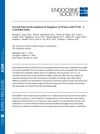 27 citations
,
October 2016 in “The Journal of Clinical Endocrinology and Metabolism”
27 citations
,
October 2016 in “The Journal of Clinical Endocrinology and Metabolism” Daughters of women with PCOS generally experience normal puberty but may have more body hair and different body fat distribution.
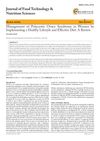
Eating healthy, exercising, and certain nutrients like myoinositol and omega-3s can help manage PCOS symptoms.
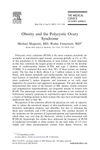 28 citations
,
November 2007 in “Medical Clinics of North America”
28 citations
,
November 2007 in “Medical Clinics of North America” Obesity worsens Polycystic Ovary Syndrome symptoms, and weight loss is a key treatment.
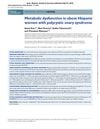 13 citations
,
April 2015 in “Human Reproduction”
13 citations
,
April 2015 in “Human Reproduction” Obese Hispanic women with PCOS are at higher risk for metabolic problems than non-Hispanic white women.





